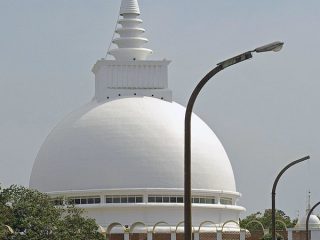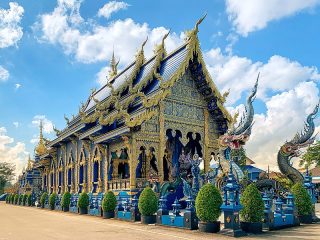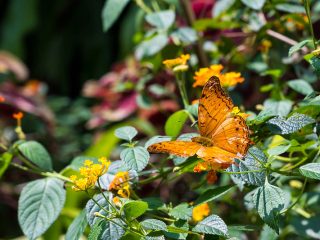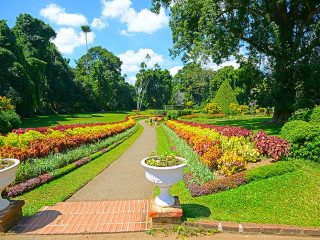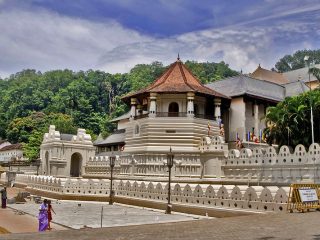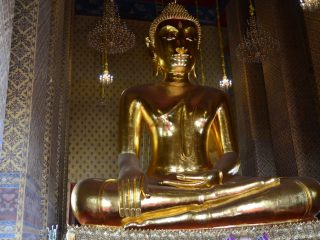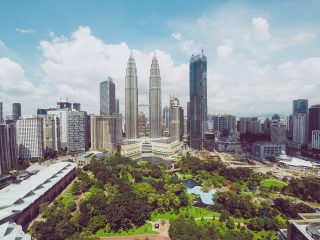The northernmost township of Thailand, Chiang Rai has a history spanning over seven hundred years and is unharmed by modernity though it does offer the amenities and luxuries required by travelers. There is much to see and do in the province and many tourists prop themselves at a hotel in Chiang Rai to do their explorations. From the iconic clock tower to the myriad of gardens and surprisingly a church, from waterways to wildlife tours the landmarks and attractions are both widespread and diverse. This multiplicity in fauna and flora may be partly attributed to the fact that neighbouring Myanmar and Laos are quite close by with the well-known property Anantara Golden Triangle Elephant Camp and Resort of Chiang Rai lying almost at the border itself.
The temperate climate fused with the breeze that never departs from a hilly terrain makes the Royal Garden of Chiang Rai a soul soother in addition to being true eye candy. The soil is conducive for planting and growing, so much so that the area had once been the capital of opium until her late Royal Highness Princess Srinakarindra built a modest but large and beautiful home known as the Royal Villa on the very mountain Doi Tung in an effort to persuade the locals out of the trade. She also had a vision of granting the poverty stricken people of the area an opportunity to transcend distance and witness the essence of an actual botanical garden in their hometown itself.
Her attempts flourished as did the blossoms in her sprawling garden surrounding the Royal Villa. The gardens were sculptured and landscaped so well that to this date the park remains a frontrunner in the world of botanical gardens. There are more than hundreds of varieties of plants and flowers all of which are irrigated by the waterways that trickle down and around the mountain and add more verve and exuberance to the atmosphere.
Caleb Falcon is a travel writer who specializes in writing content based on the many exciting world adventures that await intrepid travellers.

